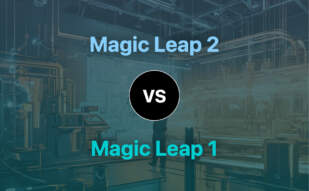If you’re an enterprise seeking an immersive AR solution, Magic Leap 2 is your best bet, boasting robust capabilities, industry-leading optics, and hardware tailored to demanding applications. But for specific professional VR/AR needs, Quest Pro delivers with its Snapdragon XR2+ processor, upgraded resolution, and customized interfaces.
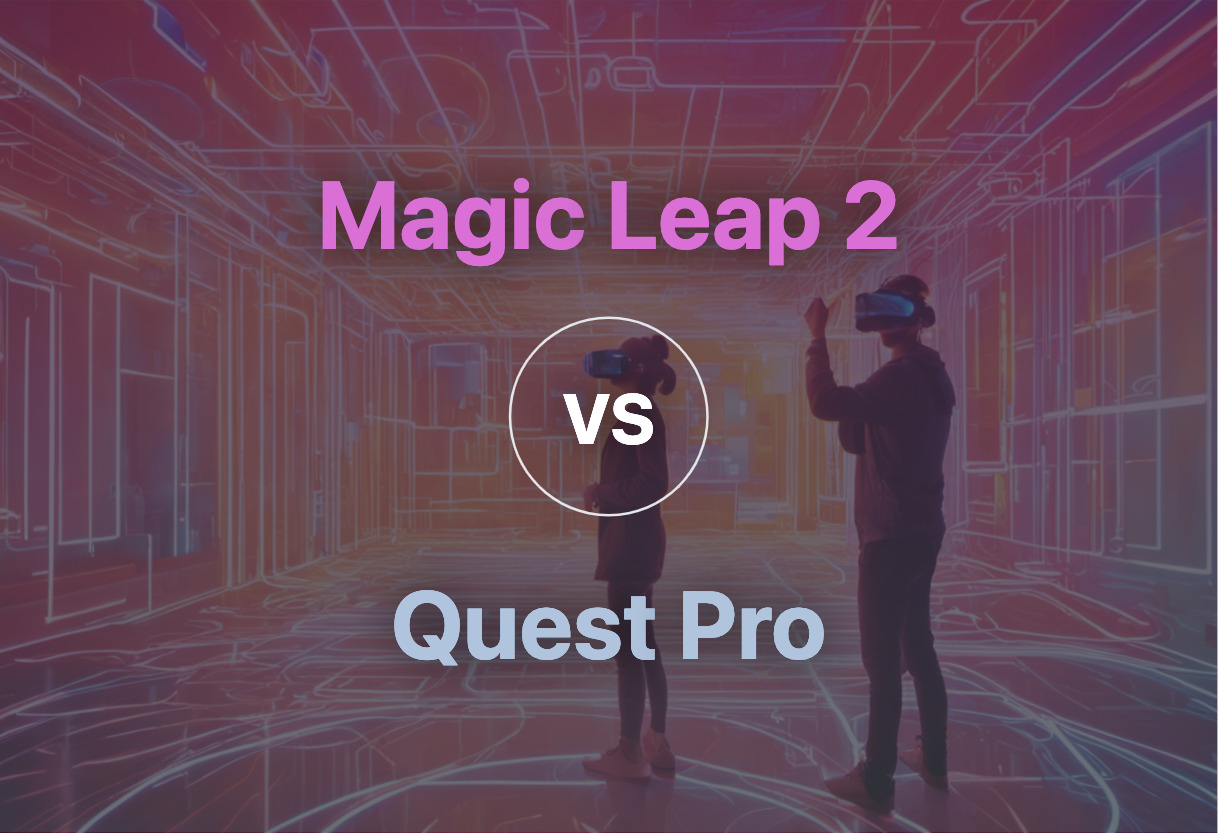
Key Differences Between Magic Leap 2 and Quest Pro
- Design and Comfort: Magic Leap 2 adopts the Custom Fit app for a personalized fit, while Quest Pro features a wraparound band and padded strap for comfort.
- Processor: Magic Leap 2 utilizes AMD quad-core Zen 2 SoC chip and NVIDIA TX2 hardware, whereas Quest Pro is powered by Snapdragon XR2+ processor.
- Resolution: Magic Leap 2 provides a resolution of 1440×1760 px while Quest Pro offers a resolution of 1,920 x 1,800 pixels per eye.
- Price: At $3,692.99, Magic Leap 2 is pricier than Quest Pro, which costs $1499.99.
- Enterprise Support: Magic Leap 2 integrates and manages with leading enterprise MDM systems; Quest Pro offers limited consumer-focused software leveraging its upgrades.
| Comparison | MagicLeap2 AR | Meta Quest Pro |
|---|---|---|
| Usage | Enterprise solutions | Enterprise users, Workflows integration |
| Processor | AMD quad-core Zen 2 SoC | Snapdragon XR2+ |
| Resolution | 1440×1760 px | 1,920 x 1,800 pixels per eye |
| Price | USD $3,692.99 | $1499.99 |
| Input Supports | Hand and eye-tracking, voice command, Bluetooth devices | Hand tracking, Eye tracking |
| Hardware Capabilities | Fits glasses via Prescription Inserts, supports various lighting conditions via Dynamic Dimming, quad-core Zen 2 SoC chip | Sleek, Black, Glossy design, 5 Cameras, 2 Charging sets, 2 headphone jacks, angled speakers, light and redesigned motion controllers |
| Software Support | Seamless integration with leading enterprise MDM systems, Customizable UX | Meta Horizon Worlds, Customized interfaces, Guardian System |
What Is MagicLeap2 and Who’s It For?
Founded by Rony Abovitz in 2010 and valued at $4.5 billion by Forbes in 2016, MagicLeap2, a leading-edge AR device, offers immersive solutions for enterprises. Backed by AT&T and housing an AMD quad-core Zen 2 SoC chip, the device caters to demanding visuals and apps efficiently through its partitioned computing system. It’s ideal for professionals requiring an AR solution that integrates seamlessly with leading MDM systems and offers customizable UI.
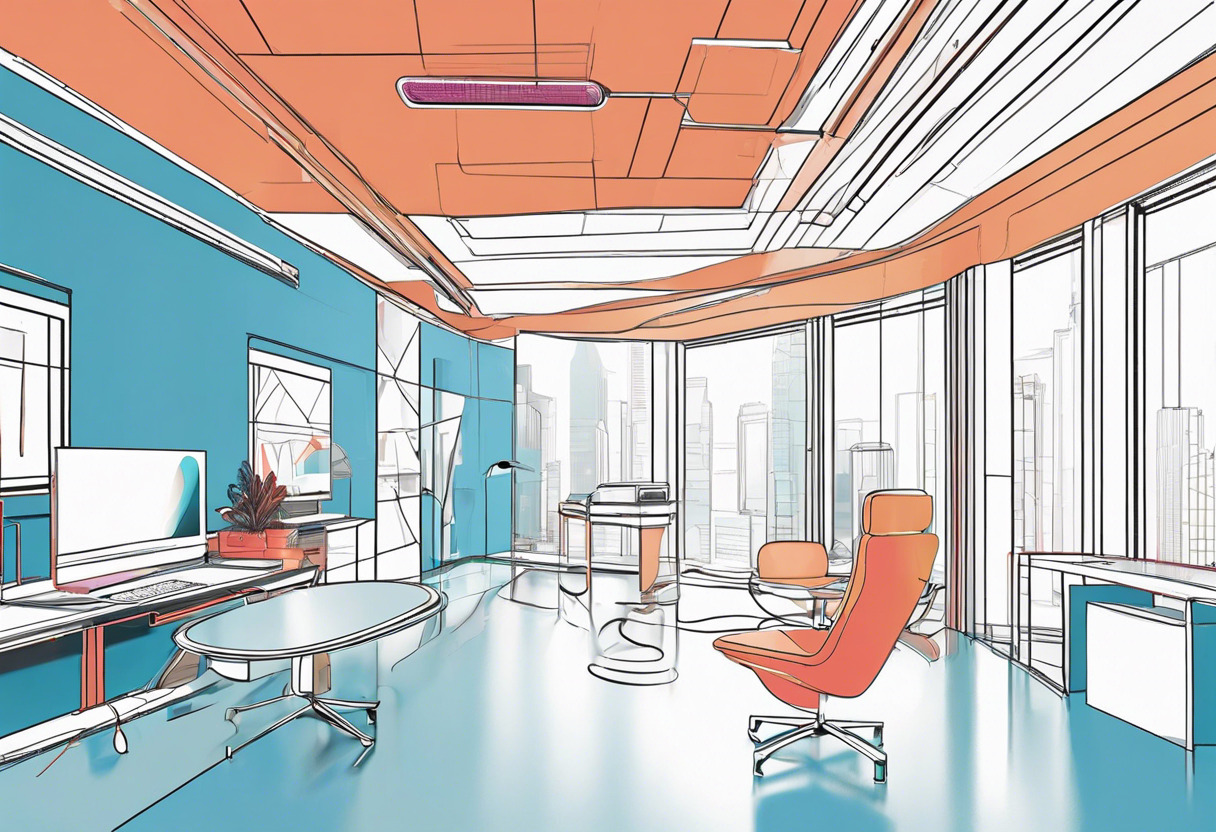
Pros of MagicLeap2
- Sleek design and lightweight build (260g)
- Advanced dynamic dimming features for usage in diverse lighting conditions
- High-resolution display (1440x1760px) for picture and text clarity
- Pioneering spatial audio for lifelike collaborative experiences
- Supports hand and eye-tracking, voice commands, and Bluetooth devices
Cons of MagicLeap2
- Higher price point, starting from USD $3,692.99
- Experienced significant staff cuts due to COVID-19 pandemic
What Is Meta Quest Pro and Who’s It For?
Meta Quest Pro, a high-powered VR/AR headset for enterprise users, integrates workflows with advanced features and specifications. The device, with its Snapdragon XR2+ processor, 12GB RAM, and 256GB storage, offers an extraordinary visual experience with resolution of 1920×1800 pixels per eye. It is highly suited for professionals seeking to combine the virtual and real world for enhanced productivity and collaboration.
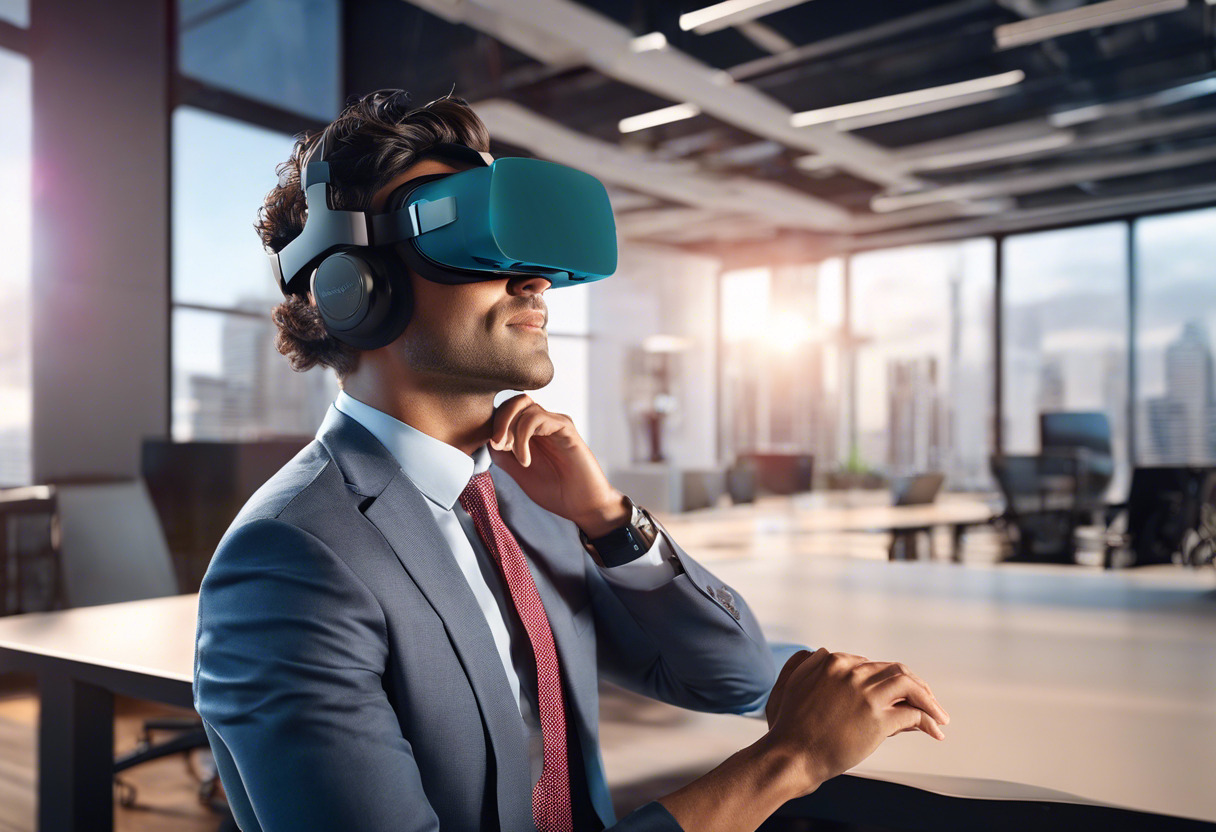
Pros of Meta Quest Pro
- Sleek, professional design with a glossy black front panel
- High-performance Snapdragon XR2+ processor, 12GB RAM, and 256GB storage
- Impressive resolution of 1920×1800 pixels per eye
- Custom interfaces for collaborative work via Meta Horizon Worlds
Cons of Meta Quest Pro
- On the expensive side, priced at $1499.99
- Limited consumer-focused software leveraging Quest Pro upgrades
- Headset pressing against face might cause discomfort
Magic Leap 2 vs Quest Pro: Pricing
The Magic Leap 2 has a steeper price than the Quest Pro, starting at $3,692.99 compared to Quest Pro’s price of $1499.99 or $999.99 depending on the variant.
Magic Leap 2
The Magic Leap 2 AR device is priced starting from $3,692.99. This is likely reflective of its extensive features list, including 32-layers in lens for industry-leading optics, a lighter weight of 260g, and seamless integration with enterprise MDM systems, catering to the needs of businesses and their employees.
Meta Quest Pro
The Meta Quest Pro VR/AR headset has two different pricing tiers, depending on the variant chosen. The mixed-reality variant costs $999.99 while the base model features a higher cost at $1499.99. Its pricing strategy takes into account professionals with specific VR/AR requirements, providing a powerful Snapdragon XR2+ processor and redesigned motion controllers. Emphasis is also placed on comfort and control, with features like two headphone jacks and an optional light blocker accessory.
Decisive Battle: Magic Leap 2 vs Quest Pro – Make Your Pick
Time to cut to the chase and provide pointed advice for those still standing at crossroads. Based on robust data and factual analysis, let’s decipher which technology emerges as the superior choice for different sectors of our audience.
AR/VR Creators & Developers
Quest Pro is your go-to when versatility is the name of the game. With two rechargeable sets, 1,920 x 1,800 pixels per eye resolution, and a larger color gamut, it gives you the ability to craft more detailed and immersive experiences. Moreover, its Snapdragon XR2+ processor, having 50% more power, provides a massive playground for creativity. In contrast, Magic Leap 2 would be more suitable if complex enterprise solutions are your modus operandi.
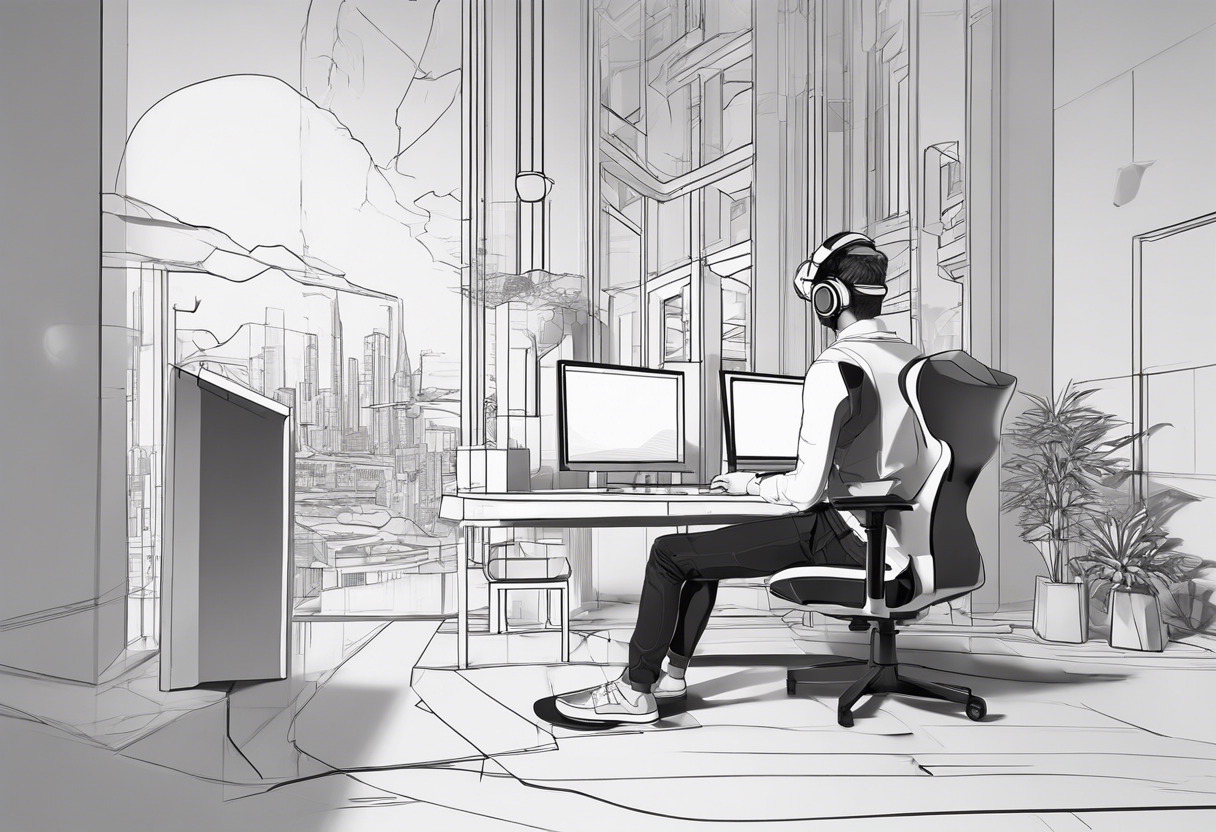
Game Makers
Attention, game makers! Think of Magic Leap 2 as your secret weapon when developing games with superb visuals and demanding apps. Its Quad-core Zen 2 SoC chip and 32-layer lens pave the path for unmatched gaming spectacles. However, Quest Pro, with its enhanced mixed reality capabilities and cutting-edge graphics, is the prime choice when game design and player immersion run deep in your code.

Tech Enthusiasts
To the tech enthusiast who craves high performance and latest features, look no further than Meta Quest Pro. Its Snapdragon XR2+ Chipset and 12GB RAM are a technological marvel. However, for those favoring integrated digital environment solutions and customized user experience, the Magic Leap 2 is your tech delight.
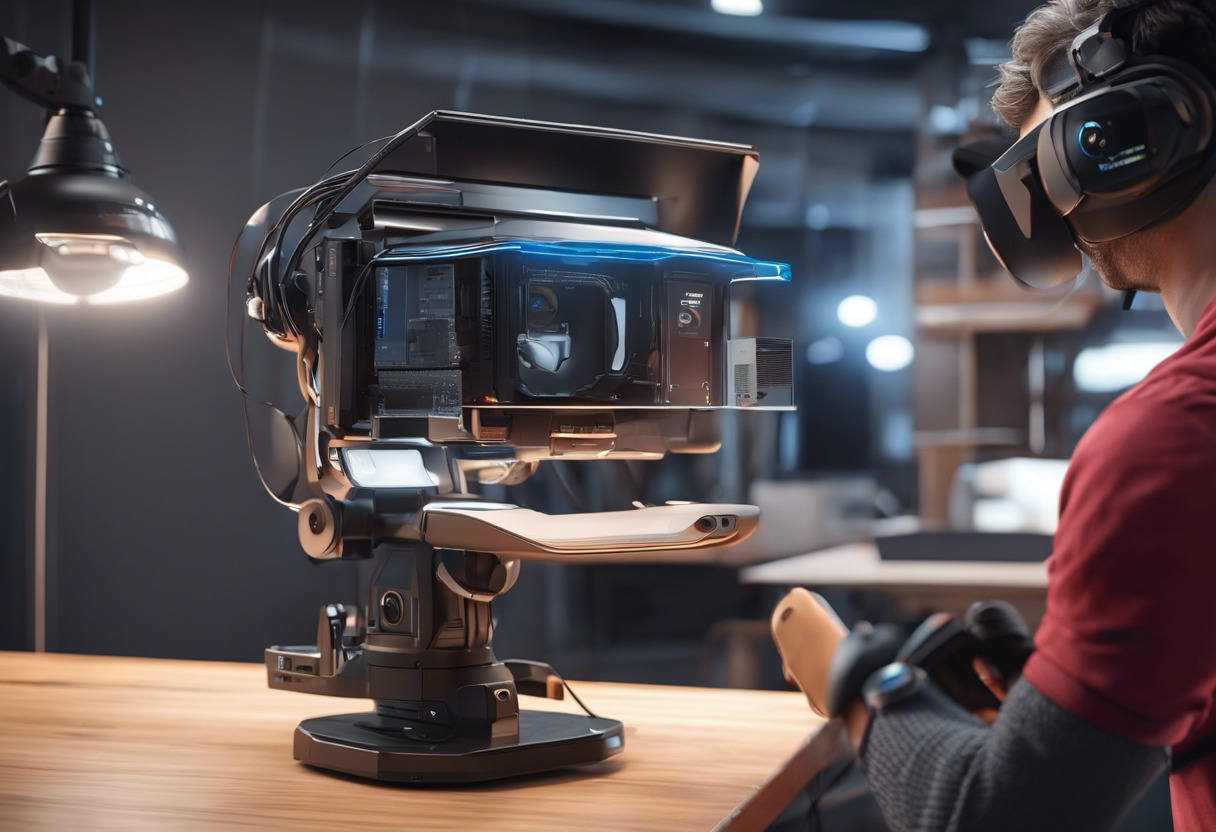
Riding on robust high-end processors and innovating tools, Quest Pro stands as the comprehensive choice for many. Still, for a more enterprise-focused, tailor-made AR experience, Magic Leap 2 steals the show.
Hannah Stewart
Content writer @ Aircada, tech enthusiast, metaverse explorer, and coffee addict. Weaving stories in digital realms.




